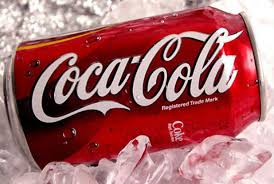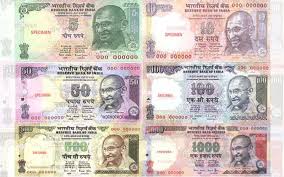All of us have paid more for soft-drinks or processed food at a station or an airport or in a mall. Nowadays enforced profits are squeezed out of consumers under the pretext of security due to which one is not allowed to carry anything to malls, amusement parks etc. This happens all the while!
MRP is by no means an unfamiliar term even to a consumer who is just about average in awareness.MRP of a product is the maximum price at which a product manufactured by a company can be retailed. It is inclusive of all taxes and profit-margins of wholesalers and retailers for a packaged commodity.
For e.g. Coca-cola bottles have an MRP of Rs 30 and thereby it is illegal to sell them more than that. This price includes any taxes which are levied. Instead of all that, we still have had to pay extra 5 or 10 rupees for a bottle of cola for “extra services” provided to us by a certain hotel we went to.
MRP, as we all know it, is unique to our country. India is possibly among a handful of countries where MRP is still in vogue. Although it guards a consumer from being duped by deciding the maximum price, but somewhere down the down the line this system has also its adverse effects.
For instance: Each state has their own set of taxes and rates for the same product. If Delhi charges a tax rate of 10% on a certain pack of chocolates whereas UP charges 30% tax for the same, economic intuition is that people of Delhi will pay less for it while people of UP will pay more. But they don’t because the manufacturer has set an MRP based on UP’s tax rate of 30%.When a retailer has MRP printed on a product, he almost certainly charges MRP even if it costs him less. Of course you can buy the product for lesser amount of money. But this generally doesn’t happen when you buy packaged goods, say a packet of chips or cookies.
Important point being overlooked is that MRP is not decided by Government. It is fixed by the original manufacturer. There is minimal governmental role in fixing the MRP of a product apart from the initial guidelines and legislations. Even constant monitoring is absent.
So if tomorrow a random brand, say G.O.T. comes up with a new glamour shirt priced 180000 (I know it’s absurd!) for whatever reason, you obviously have the option of not buying it but you cannot sue the brand for having decided such a price!
Point being, the law is just to print price on everything being sold to keep up transparency but doesn’t really control what price must be printed!
If consumer spending falls, the probability of the economy slipping back into recession becomes very high!True price adopted for a service is crucial to the functioning of a healthy economy.In the light of all this there is nothing you can do except pay inflated price or refuse purchase! (Except filing a complaint against a person for selling something more than its MRP, but seldom does that happen!).
Click here for government certification in Accounting, Banking & Finance





39 Comments. Leave new
The harsh reality
Yeah.
Very informative
Thanks
Truly stated.. I went to Pragiti Maidan for the World Book Fair and the ice cream vendors over there were selling the ice creams at a margin of rs.5-10.. People must be aware that it’s illegal
It happens.There’s little we can do except pointing out the vendor.
Or just refusing to give into higher price scam!
unique article!
Thanks Dipesh
damn interesting article!
Hey thanks!
truly said.
Hey thanks man!
Very true.
ThankyouMegha
Very Informative … Good Work
Thanksforreading
highly informative
ThanksPrachi 🙂
Very well written shubhral..
keep going !
🙂
ThanksShikha
Truly stated!
Yeah
Sometimes shopkeeps charges extra money from the MRP. It is iilegal. Customers should be aware.
True
Liked it!
Love your style of writing!
Thanks for appreciating Kalika
Thanks Rangoli
Really! Thanks for a genuinely informative piece.
🙂 Thanks Shaily!
THANKS!
Very informative and interesting article 🙂
Thanks Shrishti
Worth reading:)
Thanks
The ugly truth! Very well written!
unique!
Advertising eats away everything otherwise the cost is just a trivial amount , indeed great efforts
Consumer awareness is an important issue to be taken into consideration.
For all the products even a margin of Rs. 5-10 charged to 50 consumers in a day can be highly illegal.
Hence, we have to be aware and face the harsh realities of life